I recently attended a Fieldcraft Survival tracking fundamentals class taught by Craig Caudill, the Director of Nature Reliance School. A writeup on this class will appear in Issue 57 of our magazine, on sale in August, so keep an eye out for that. A couple days after the tracking class, I was able to connect with Craig on Zoom for an interview to get to know him a little better, and get his thoughts on topics related to the class, survival skills, and tracking in general.
RECOIL OFFGRID: I know you covered a little bit of this in class, but could you tell us about yourself and your background?
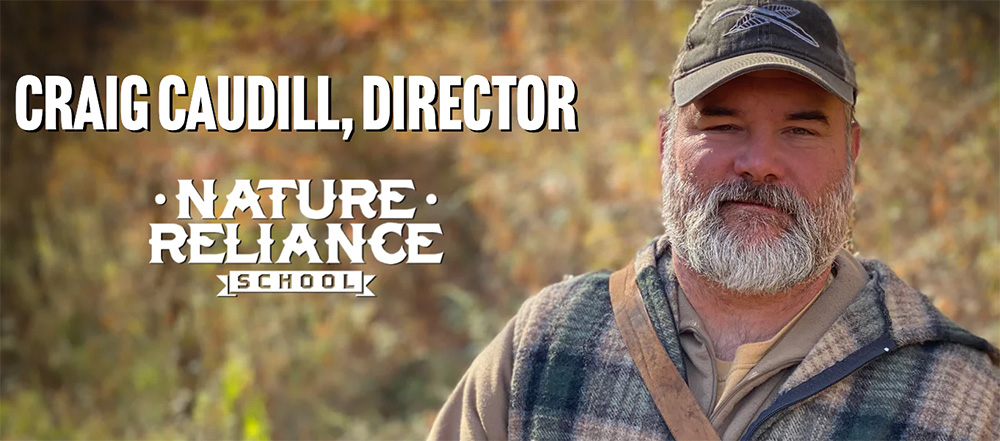
Photos courtesy of Craig Caudill / Nature Reliance School
Craig Caudill: I grew up in Kentucky and have been basically living in the same small town here in Kentucky ever since. I grew up doing hunting, fishing, and other outdoor activities, a whole lot of camping … I’m 52, so back during that time parents were like “get out of the house and come back tonight sometime.” And so that’s what we did — spent a lot of time outside. As I got older, I started challenging myself both from a hunting perspective and an outdoorsman perspective. I did a couple of 30-day trips into the woods with nothing but a knife to advance my skill set and actually learn where there were some deficiencies — some strong deficiencies — in my skill set.
That was my early 20s. So I spent the last 30 years improving upon those deficiencies and continuing to grow the skills that I already had. The Nature Reliance School, that is my school that I founded in 2006. And that primarily grew out of teaching some martial arts students. I taught martial arts full-time for a number of years and some of [my students] wanted to learn outdoor skills. So I started teaching them that. It just kind of snowballed in a good way when survival TV stuff started happening [like] Bear Grylls and Dual Survival. And that popularity started growing anybody that had a school. I was a benefactor of those shows because there was a lot of interest that was brought into it.
How long have you been tracking and teaching tracking specifically?
CC: Tracking my whole life, and teaching tracking about 10 to 12 years now. It used to be, I was teaching maybe once or twice a year. Now I’m teaching once a month, if not more. I love it. If I could teach tracking every day, I would.
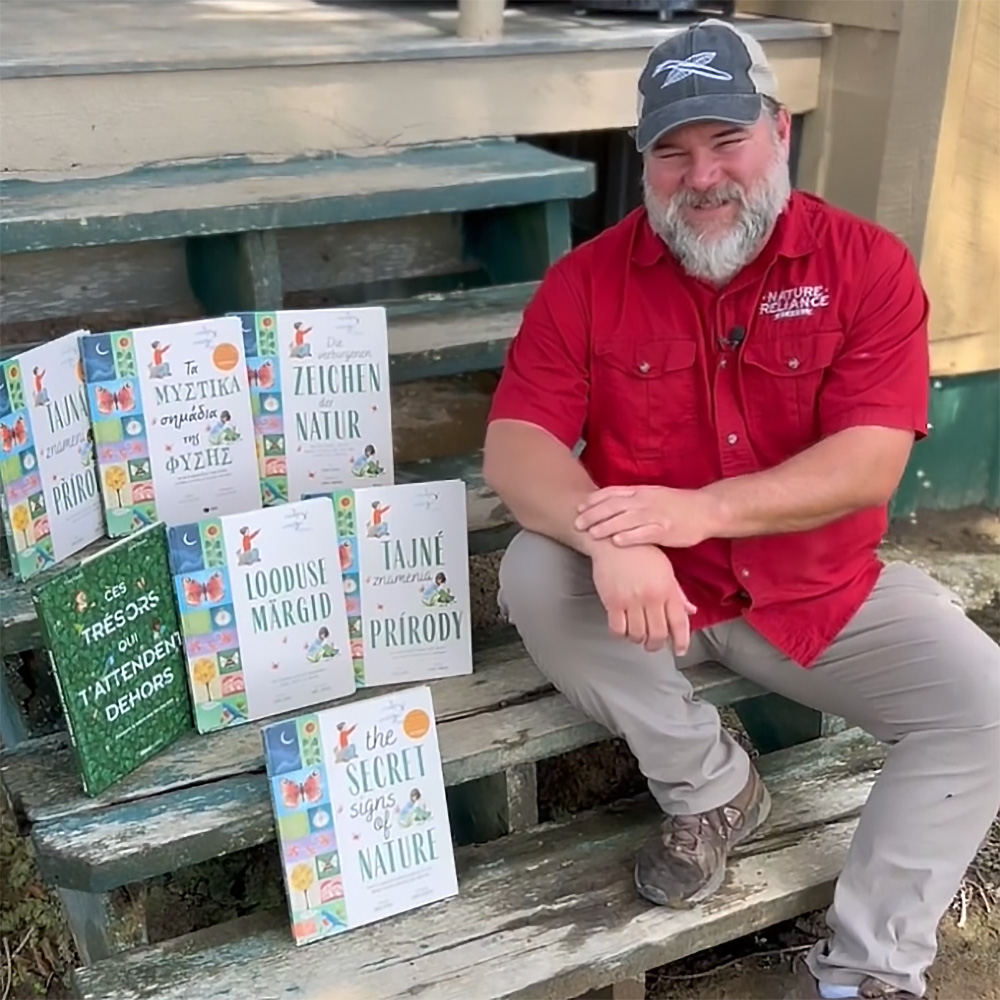
Above: Craig Caudill's book, The Secret Signs of Nature: How to Uncover Hidden Clues in the Sky, Water, Plants, Animals, and Weather, has been published in seven languages.
And how long have you been associated with Fieldcraft Survival?
CC: Affiliated with them for about a year. Kevin Estela, who is the Director of Training, and I have been friends for a number of years. When he went to Fieldcraft to work full time, Mike Glover asked him if there was anybody he wanted to bring on as instructors. He had four or five of us — he knew what our skill set was and he wanted to bring us on. And I was fortunate to be one of those guys.
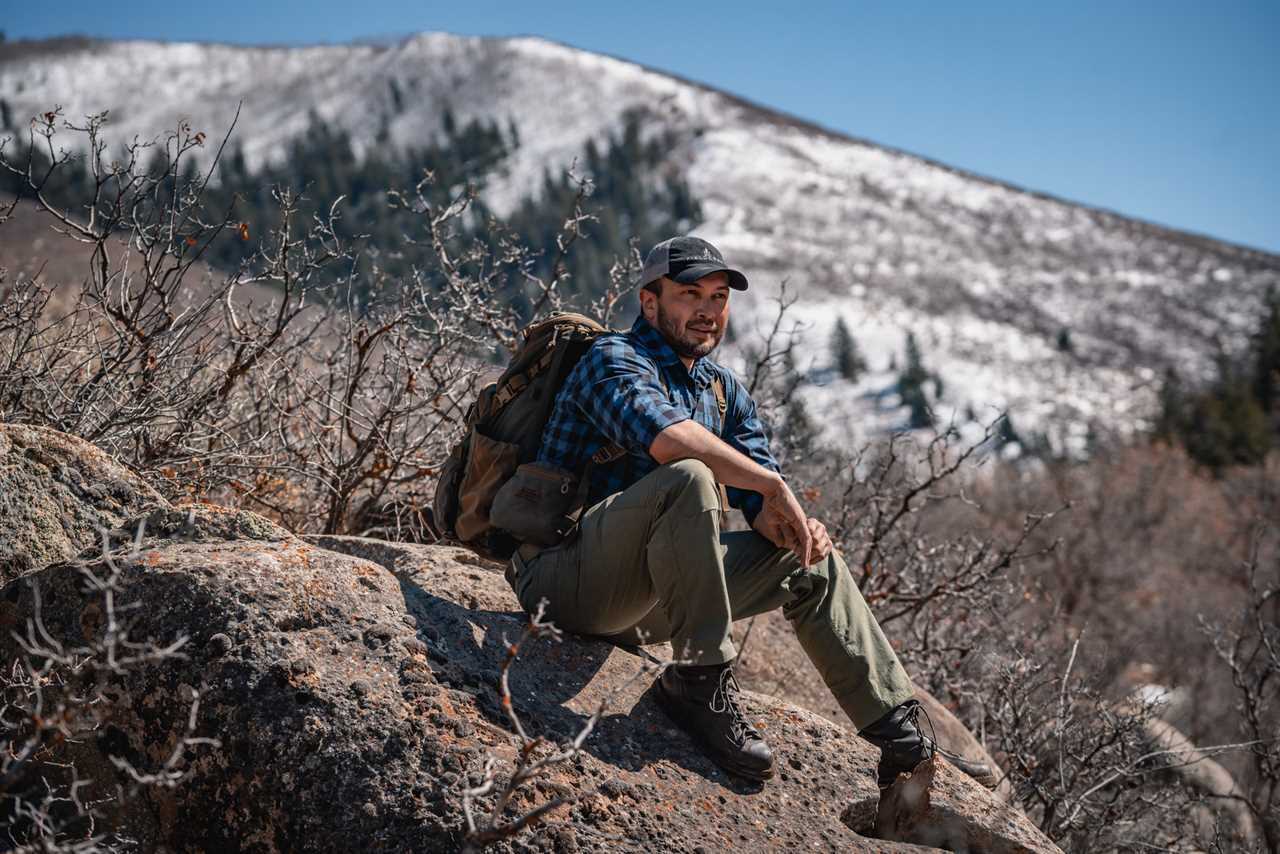
Above: Longtime OFFGRID contributing writer Kevin Estela has been friends with Craig Caudill for many years.
So I know you’ve mentioned, even just now, a few other people that have survival schools. How would you say that your approach to teaching tracking specifically differs from some of the other big names in the space?
CC: That’s tough to answer and stay professional, but I will say this. In everything I teach — and particularly in tracking this comes out — I think I want everybody that comes to my class to become a tracker. And so there’s never a time, or at least I don’t feel like there is, where I feel like I want to overshadow the people in class. I want the people in class to become better at this, at the topic of tracking, before they leave, let alone after they leave. I want to help them develop their own skill set without me. The truth of the matter is I’m a big fan of tracking. I think it’s just enhanced situational awareness. It’s good for the world. So the more trackers I make out there, then the world’s a better place in my opinion.
From that perspective, to be a good tracker, you’ve got to put a lot of time in. And so the hardcore truth is that people typically are going to take the class and be done. But there’s also always one, two, three people in class who are bit by the bug and will become trackers for life, in an in-depth way. I’m not one to try and teach a class so that people will come to a level two. I’m not that guy. I am a guy who wants to teach people and give them as much as I can, such that it’s usable information in one class. And then if they come back, great.
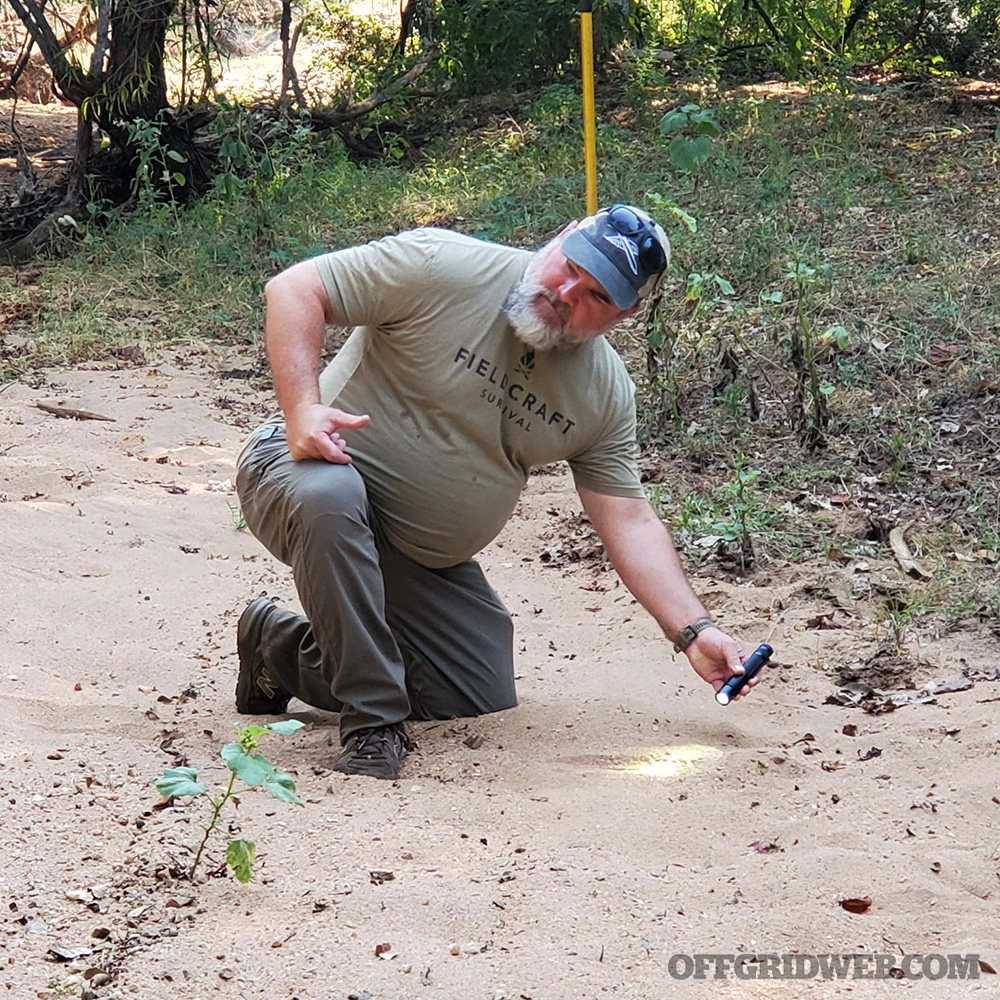
Awesome. That touched on the next thing I wanted to ask: what do you think the difference is between a good tracker and a great tracker? Is it just practice, or is it something else?
CC: Two things, I would say. One is, yeah, practice. Putting dirt time in. You gotta put a lot of dirt time in. And one of my teachers, Cole, said that that the difference between a good tracker and a great tracker is that a great tracker knows when he or she’s lost the sign and is OK with it. And I’m paraphrasing there, but I really liked his definition, so I use it myself. You heard me say that in class recently — that it is, I think our ego really gets in the way of doing a lot of things, particularly when it comes to tracking.
You’ve got to set your ego aside and just let what happens on the track happen. Sometimes you’re going to lose the sign and you just are OK with it — not that you don’t want it, you want it, you want to acquire it and you want to stay on it as a tracker. But you also recognize that you’re going to lose it. It’s just a fact. And instead of being upset and seeing that as a problem, I think the difference is that great trackers are just okay with that aspect of tracking.
So, I know you do a lot of training for military and police and you’re about to go out with a fish and wildlife crew. Is there is a big structural difference in the class when you teach those groups, versus civilians?
CC: No, especially in a day-long class, there’s really no difference at all. The only difference that would be recognizable from somebody that was looking on the outside is typically those guys are carrying their firearms and kitted out because usually that’s what they’re going to be utilizing and carrying when they’re out performing the action of tracking. I usually have them practicing and training in that kit, and I don’t typically do that with your average ordinary folks. But the structure and the way of doing things is virtually the same.
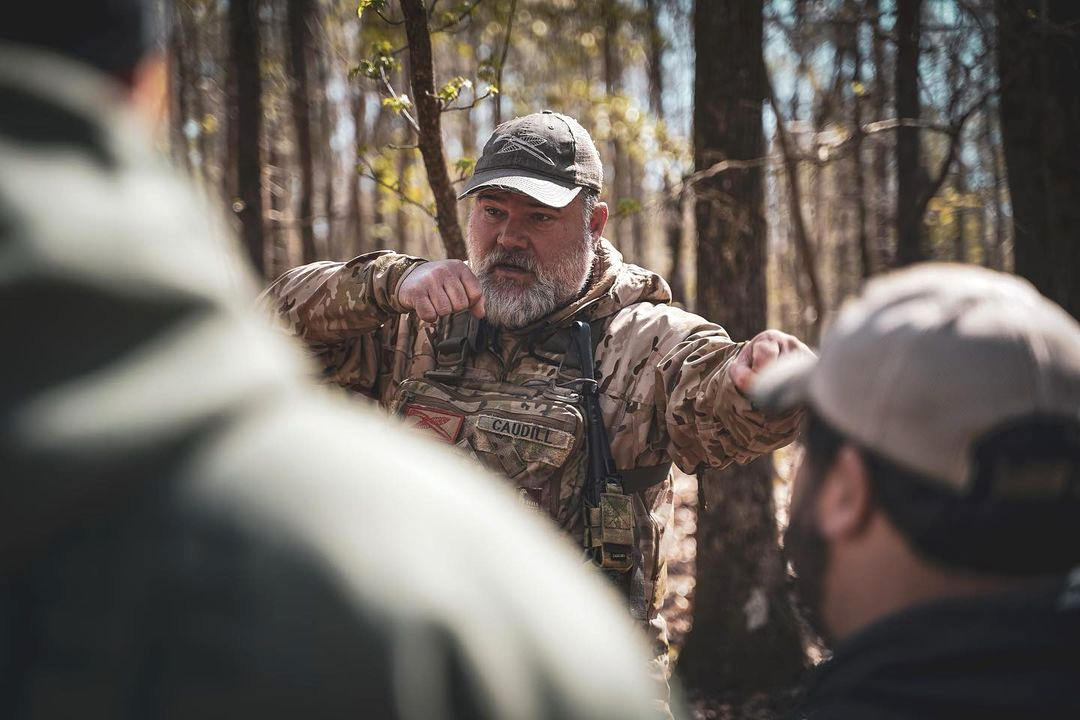
There’s a couple of things we’ll do in a in a law enforcement/military type class that are needed by them, but not really needed by me and you, specifically as it relates to ID recognition.
And I’ll just briefly — just ever so briefly — touch upon small unit tactics. Typically my mode of doing that is I will ask somebody that’s there that teaches their small unit tactics to assist me when we get to that point, when contact is made. I know how other schools teach it, but a lot of those other schools have experience that I don’t have in making contact. I’ve trained in that, just like a lot of people that are freedom loving Americans. I do a lot of training on making contact, but because I haven’t had that experience, I would rather, when we get to the point of making contact … I want somebody on the inside that does that to teach that portion. And I don’t do that with the typical class that I teach, like for Fieldcraft, or even for my own school, Nature Reliance School.
I know one of the big points you made in class was that tracking is a science. So when you look at advances in technology around drones and sensors, do you see these having a major impact in tracking as a discipline, or not so much?
CC: Yeah, without a doubt, they’re a very useful tool in an actual track line. And when I say tracking, what me and you were talking about is visual tracking. There’s also canine tracking. There’s also technology tracking. And these are three categories where a lot of people who do what I do would break it down and focus and study on those different areas. But bringing them together is a game-changer. And whether technology is drone or ground sensors or whatever, it’s a force multiplier.
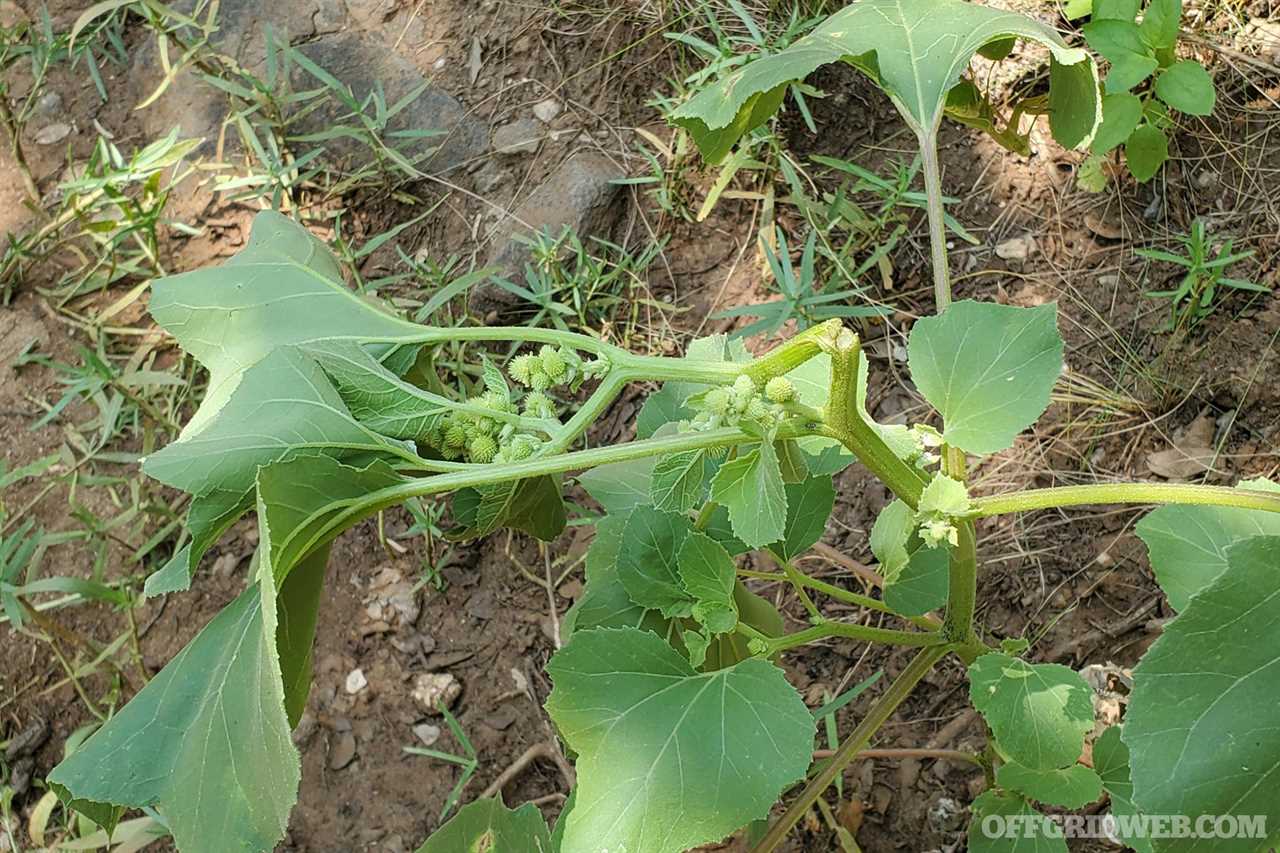
Above: Craig Caudill showed us various types of sign that can aid in tracking, such as this broken plant. It's an obvious disturbance in the environment.
However, when I get a chance to work people, my particular ability lies within visual man tracking because that’s what I’ve done all my life. You know, I’ve tracked things — whether it be people or animals — all my life. And so being able to share that is where I stay within my wheelhouse. Let the intelligence gatherers and intelligence analysts gather that information from drones or sensors, and do what they do best and add that to the tracking and put it all together so that you’ve got a usable set of information.
So, what are the three most important things that you would hope a student takes away from attending one of your courses?
CC: About tracking specifically? OK, number one would be a heightened situational awareness of the outdoors. And because it doesn’t matter where I teach and what I’m teaching, if I’m teaching man tracking for a military or law enforcement crew, I’m still going to touch upon animal tracking so that they can recognize the difference between let’s say deer tracks and human tracks. That way they don’t get off on a set of deer tracks when they need to be on a human.
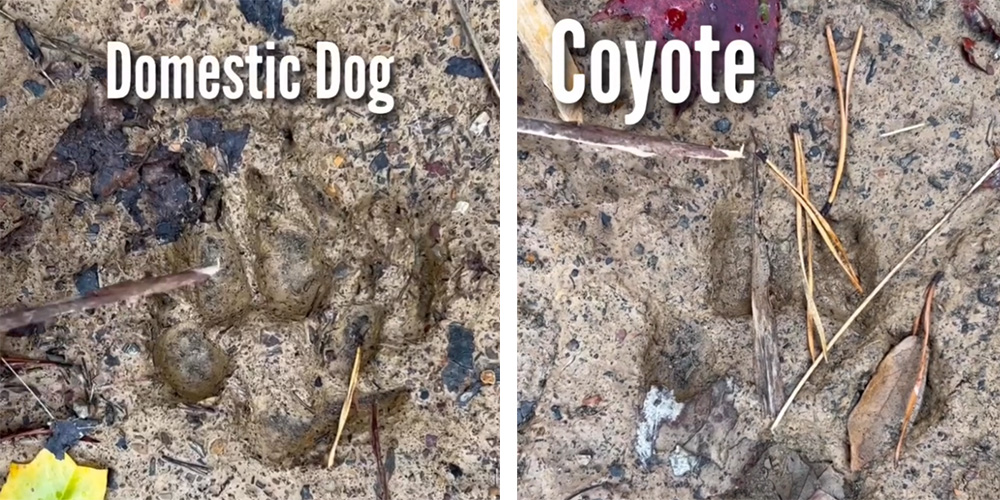
Above: In a video on his Instagram page, Craig Caudill shows some of the differences between a domestic dog track and a coyote track.
Number two, is the ability to track slightly. Well, I shouldn’t even say that. The ability to track as best as somebody can. When a person comes to me, I want them to leave a tracker or a better tracker than they were when they showed up.
And number three, the big thing that I want people to have when they leave is the ability to continue developing their skill set after they leave. Meaning I try to lay out the skills, techniques, and exercises people can do to develop the skill of tracking. I like to equip people with the skills or mindset necessary to continue tracking.
Related Posts

Desert Camouflage Tips from Greenside Training's Arizona Camo ClassI attended a Greenside Training class to learn about desert camouflage patterns, ghillie veils, movement techniques, and observation tips.
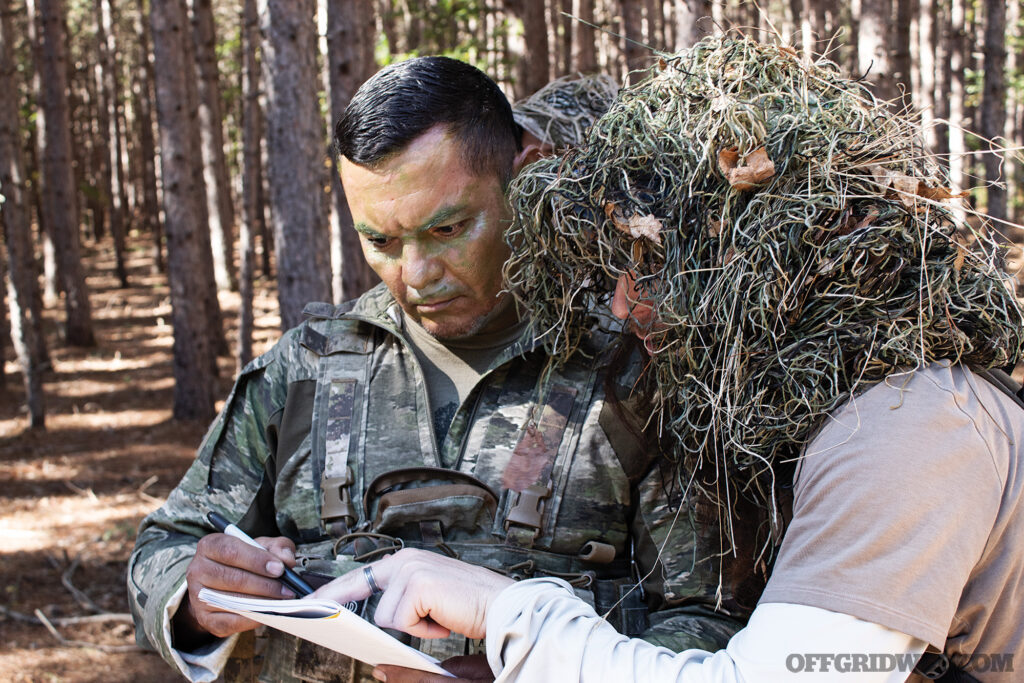
Camouflage and Concealment 101: Honing the Art of Sensory DefeatIn this Greenside Training camouflage class, we were armed with our own optics and a bag materials, and settled in to learn sensory defeat.
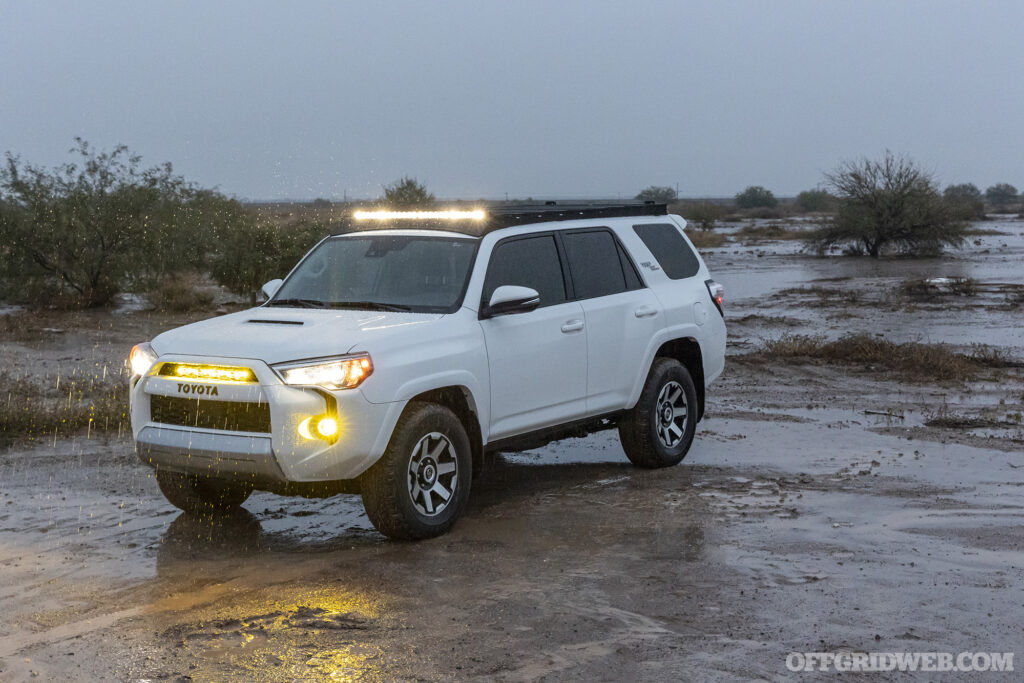
4Runner Upgrades: Westcott Roof Rack, Baja Designs Lights, & sPODThe next phase of our 5th Gen 4Runner build includes a Westcott Designs roof rack, Baja Designs lights, and an sPOD control system.
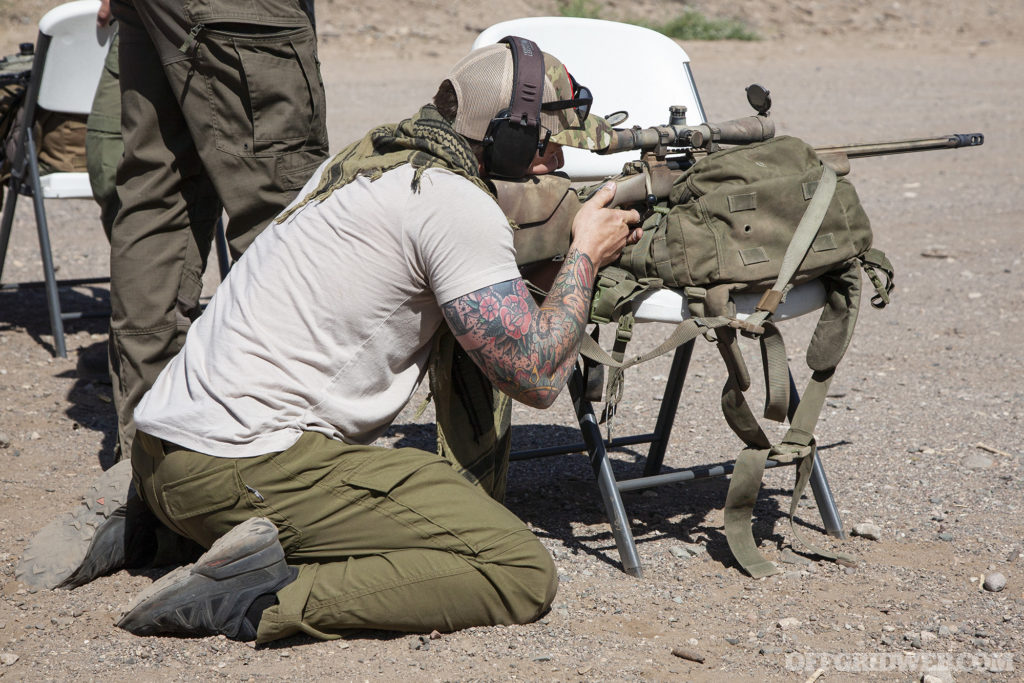
SniperFest: The Fundamentals of Sniper TrainingIn order to learn more about the skills of professional snipers, I attended the 9th Annual SniperFest training and competition event.
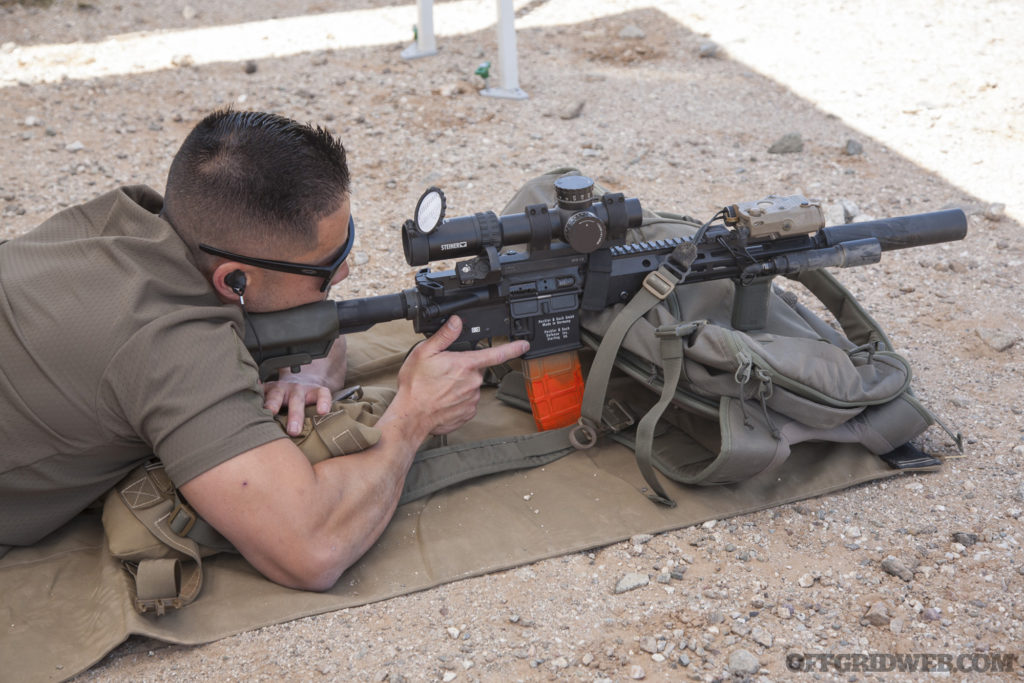
Mastering the LPVO: Part 2 – Low-Power Variable Optic Training TipsThe TruKinetics LPVO class culminated with drills that tested every student's LPVO proficiency, incorporating speed, precision, and movement.
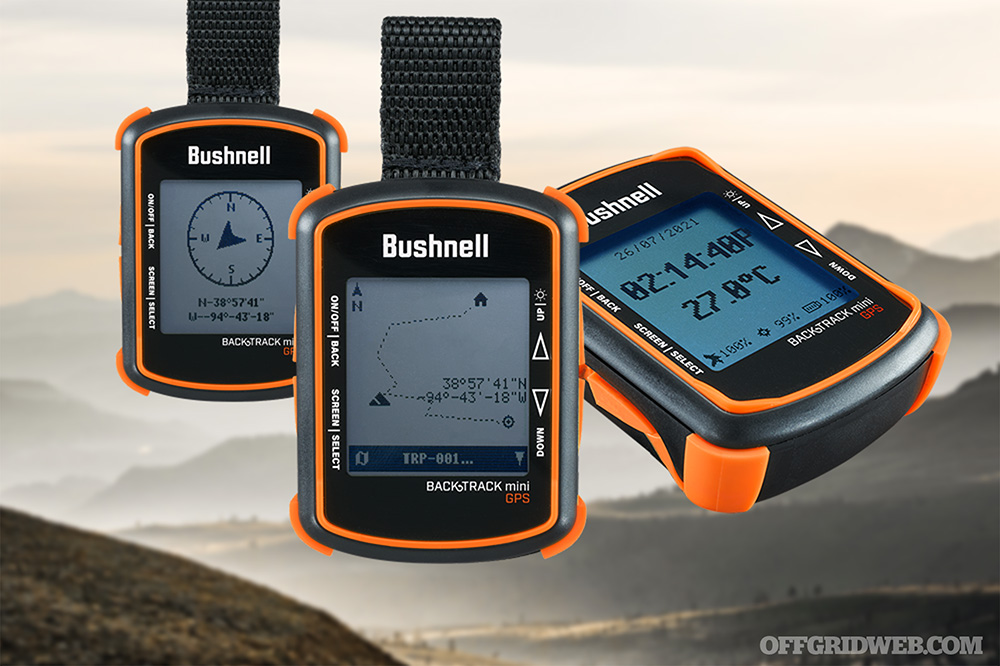
New: Bushnell BackTrack Mini GPS UnitThe new Bushnell BackTrack Mini GPS unit offers navigation, weather tracking, and Bluetooth connectivity at an affordable price point.
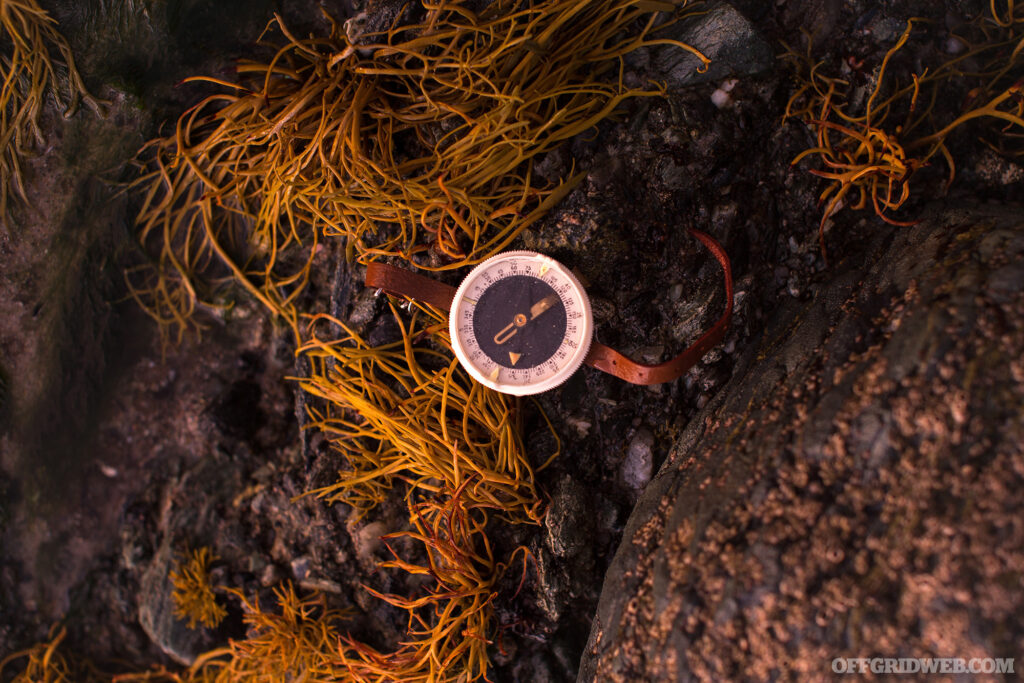
Dial It In: Improvising With Watch and CompassLearn how to improvise two common pieces of gear: the watch and compass. We show you how with the help of Wildcard Wilderness Survival.
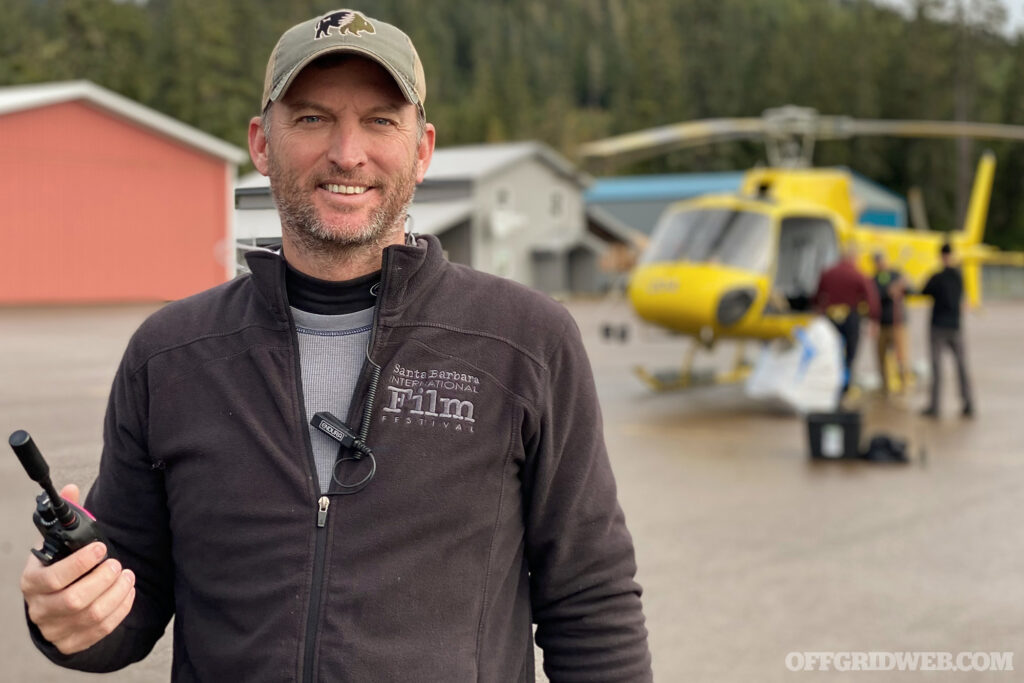
The Making of Outlast: Our Q&A with the Executive ProducerWe spoke with series Executive Producer Grant Kahler regarding the filming of Netflix Outlast and what it takes to survive the wilderness.
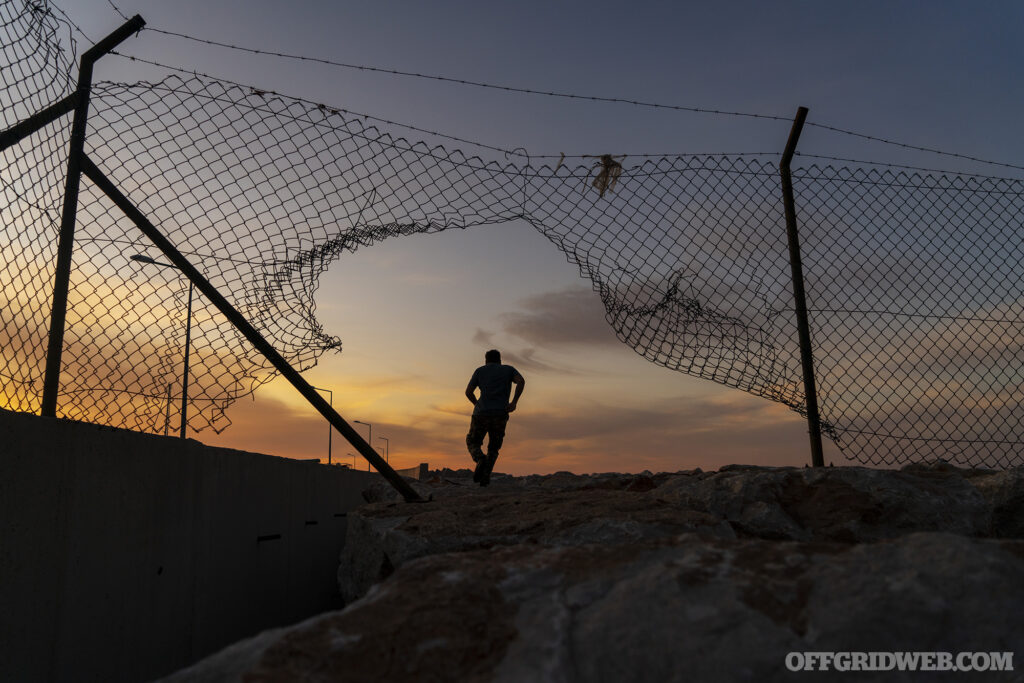
Letter from the Editor: All Restraints Are Temporary…We’ve decided to take this issue to examine how to evade danger — whether it’s before or after you’ve been actively held hostage.
The post Interview: Craig Caudill of Nature Reliance School appeared first on RECOIL OFFGRID.
By: Offgrid Staff
Title: Interview: Craig Caudill of Nature Reliance School
Sourced From: www.offgridweb.com/preparation/craig-caudill-interview/
Published Date: Fri, 14 Apr 2023 18:35:03 +0000
-------------------------------------------------------------------------
Did you miss our previous article...
https://outdoorsnewswire.com/survivalist/so-are-wild-boar-dangerous
 CampingSurvivalistHuntingFishingExploringHikingPrivacy PolicyTerms And Conditions
CampingSurvivalistHuntingFishingExploringHikingPrivacy PolicyTerms And Conditions
